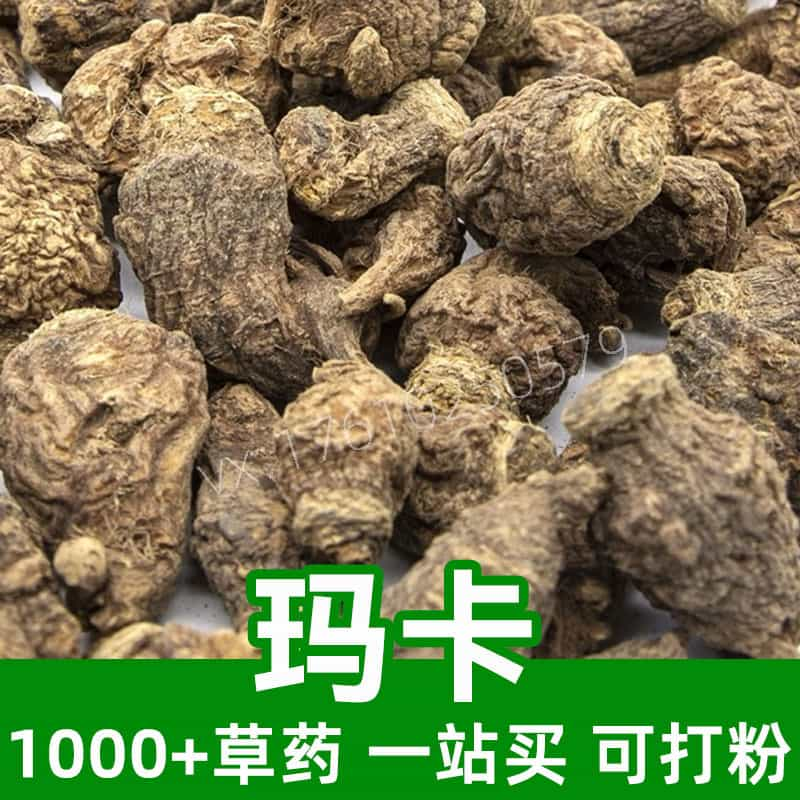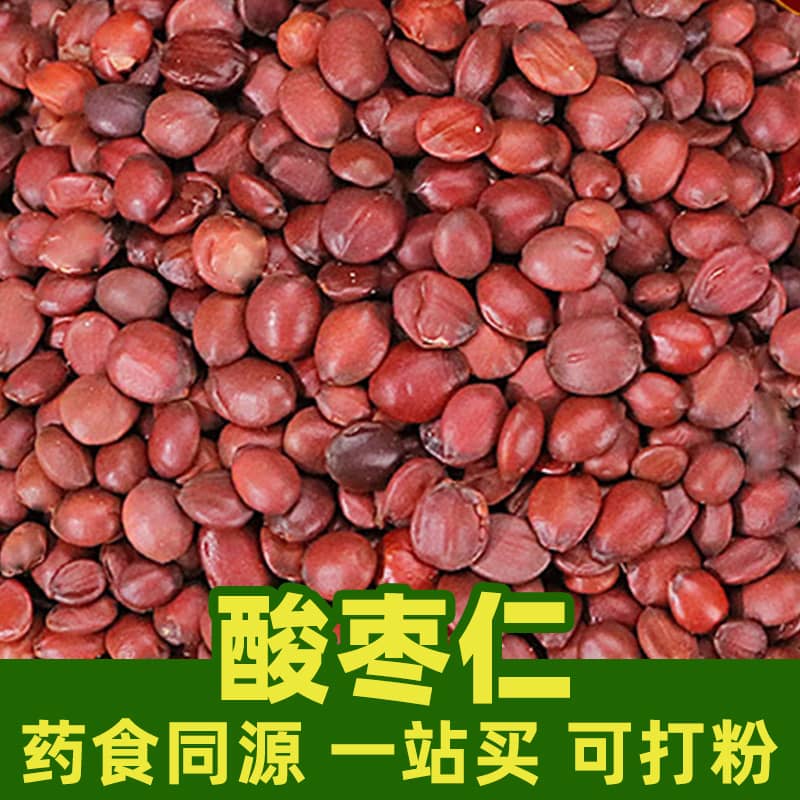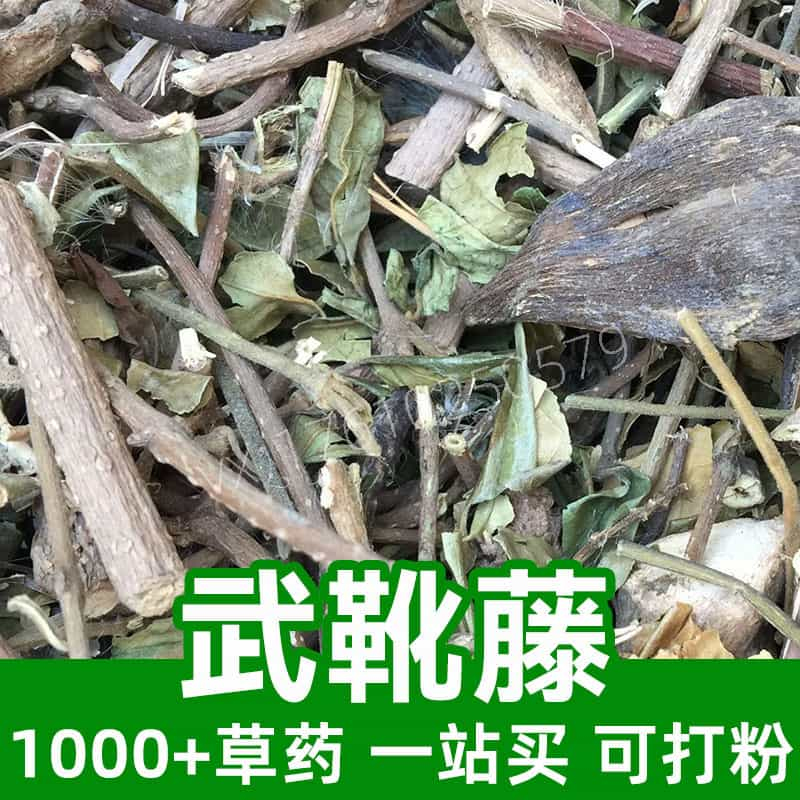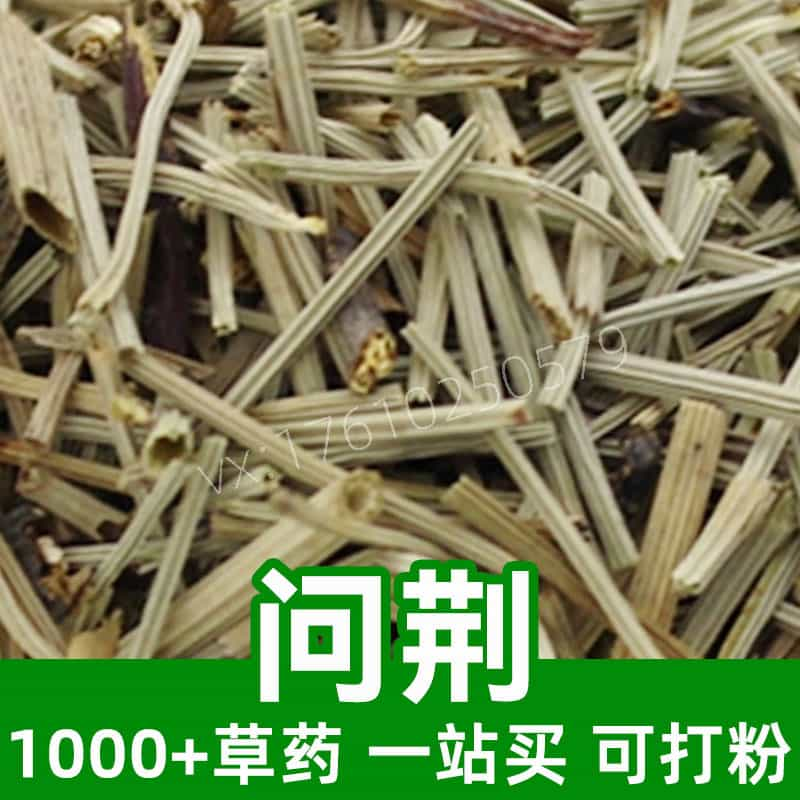Product Introduction
Tempeh is a traditional Indonesian food made from whole soybeans that are fermented with the help of the Rhizopus oligosporus fungus. This fermentation process not only enhances the nutritional profile of the soybeans but also transforms them into a solid, cake-like product. Rich in protein, fiber, vitamins, and minerals, tempeh serves as an excellent meat alternative, offering a substantial source of nutrients for both vegetarians and omnivores alike. Its unique taste, characterized by a slightly nutty flavor and firm texture, allows it to absorb the flavors of the dishes it's prepared with. Historically, tempeh has been a dietary staple in Indonesia for centuries and is now gaining popularity worldwide due to the growing interest in plant-based diets and fermented foods.
Tempeh can be used in a wide range of culinary applications, from being sliced and grilled to being crumbled into sauces or stews. As a fermented product, it is easier to digest than whole soybeans, offering beneficial probiotics and enzymes that aid in gut health. Its versatility allows it to be incorporated into various cuisines, making it a popular choice in health-conscious diets.
Main Active Ingredients
Tempeh's primary component is whole soybeans, which are high in protein, providing all essential amino acids necessary for human health. The fermentation process with Rhizopus oligosporus not only preserves the beans but also enhances their nutritional profile. This fungus introduces several bioactive compounds, including isoflavones, which are phytoestrogens known for their potential health benefits.
Isoflavones, including genistein and daidzein, are important constituents of soy products, playing a role in maintaining hormonal balance and promoting heart health. Research indicates that these compounds may help in reducing cholesterol levels and supporting metabolic health. In addition to isoflavones, tempeh is rich in dietary fiber, particularly insoluble fiber, which aids in digestive health and promotes satiety.
Moreover, tempeh contains a spectrum of vitamins, notably B vitamins such as riboflavin, niacin, and folate, which are crucial for energy metabolism and overall health. Minerals like magnesium, phosphorus, and potassium are present, contributing to bone health and physiological functions. Additionally, the fermentation process enriches tempeh with probiotics, which promote gut health by improving the balance of beneficial bacteria in the digestive system. In summary, tempeh's fermentation not only enhances its flavor and texture but also elevates its nutritional composition.
Product Application Scenarios, Usage, and Dosage
In traditional Chinese herbal medicine and contemporary culinary practices, tempeh serves multiple applications. As a protein-rich food source, it is particularly beneficial for vegetarians and vegans looking to substitute meat in their diets. Tempeh can seamlessly replace meat in various recipes, providing the necessary protein intake while being lower in saturated fat.
Common usage scenarios include grilling tempeh and adding it to salads, stir-fries, or sandwiches. For those using tempeh in soups or stews, it can be cut into cubes and added directly for enhanced flavor and nutritional benefits. Marinating tempeh before cooking is a popular method to infuse it with additional flavors, as it acts like a sponge for marinades and sauces. Cooked tempeh can be safely stored in the refrigerator and is best consumed fresh for optimal taste and nutrition.
As for dosage, there is no strict guideline; however, a typical serving size ranges from 100-200 grams per meal, depending on dietary needs and preferences. Individuals are encouraged to incorporate tempeh into their diet progressively, particularly if they are not accustomed to consuming soy products, allowing their digestive systems to adjust to the increased fiber content. In the culinary realm, tempeh can be prepared in myriad ways, offering nutritional enhancements across a variety of dishes.
Introduction to the Source Plant, Distribution, and Growth Environment
Tempeh is derived from the soybean plant, scientifically known as Glycine max. Soybeans are cultivated across various regions of the world, but Indonesia is recognized as the birthplace of tempeh production. The plant thrives in temperate and tropical climates, requiring warm weather, plenty of sunlight, and well-draining soil for optimal growth. Ideal growing conditions also include access to adequate moisture without waterlogging.
In Indonesia, soybeans are typically grown during the rainy season, which provides the necessary irrigation. The beans are harvested when ripe, and their production is vital to the local economy, particularly in Java, the region known for its rich culinary tradition involving tempeh. Following harvesting, soybeans intended for tempeh production are processed through soaking, cooking, and inoculation with the Rhizopus oligosporus mold to facilitate fermentation.
The global demand for tempeh has encouraged its production in various countries, particularly where vegetarian and vegan diets are prevalent. Regions such as North America and Europe have developed local industries focused on artisanal tempeh making, maintaining traditional methods while catering to modern taste preferences. Sustainable farming practices and organic soybean cultivation are increasing in popularity, reflecting the growing consumer awareness of health and environmental issues associated with food production.
Harvesting, Processing, and Storage
The process of creating tempeh begins with the careful selection of high-quality, whole soybeans, which are usually obtained from sustainable sources. Once harvested, the beans undergo the following processing steps:
- Soaking and Cooking: The harvested soybeans are soaked in water for several hours to rehydrate them. After soaking, the beans are cooked until soft, allowing for easier fermentation.
- Inoculation: Post cooking, the soybeans are cooled and inoculated with spores of the Rhizopus oligosporus fungus. This step is crucial as it initiates the fermentation process, transforming the soybeans into tempeh.
- Fermentation: The inoculated soybeans are placed in a controlled environment (usually around 30°C or 86°F) and allowed to ferment for 24-48 hours. During this time, the fungus grows and binds the soybeans together, forming a solid cake. The temperature and humidity levels must be monitored to ensure optimal growth conditions.
- Harvesting: Once the fermentation process is complete, the tempeh cake is carefully packaged. It should have a firm texture with a white mycelium coating, indicating a successful fermentation process.
- Storage: Fresh tempeh is typically stored in the refrigerator and can last for up to a week when sealed properly. For longer storage, tempeh can be frozen, allowing it to maintain its quality for several months. It is advisable to use air-tight containers or freezer bags to prevent freezer burn.
In conclusion, tempeh's harvesting and processing involve intricate steps that ensure the preservation of its nutritional value while promoting flavor. With the growing interest in plant-based diets, understanding its production and storage is essential for maintaining quality and taste, promoting optimal consumption in various culinary contexts.
Monica Sun is a seasoned expert in the natural raw materials industry, with over a decade of experience specializing in traditional Chinese medicinal herbs, spices, and fungi. She is skilled in the sourcing, processing, and application of these materials, emphasizing sustainability and innovation. Monica Sun has contributed to the development of high-quality natural raw materials that serve as essential components in functional foods, pharmaceuticals, and cosmetics, delivering tailored solutions to meet diverse market needs.
















